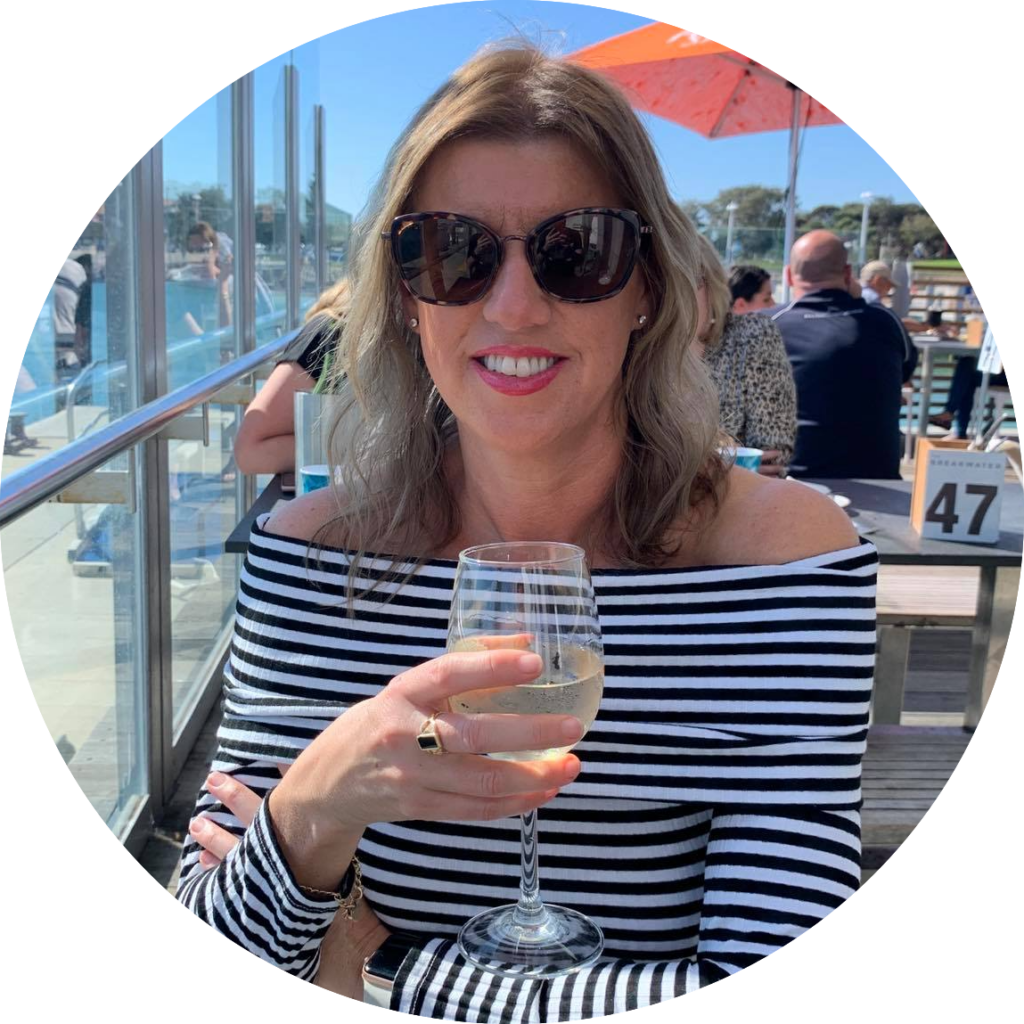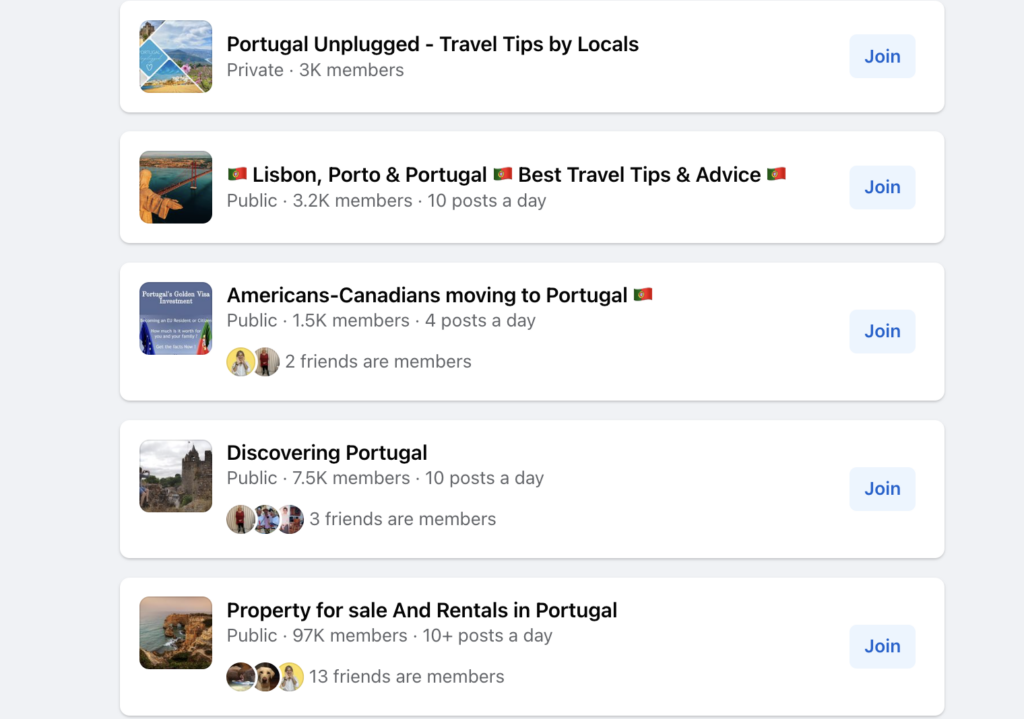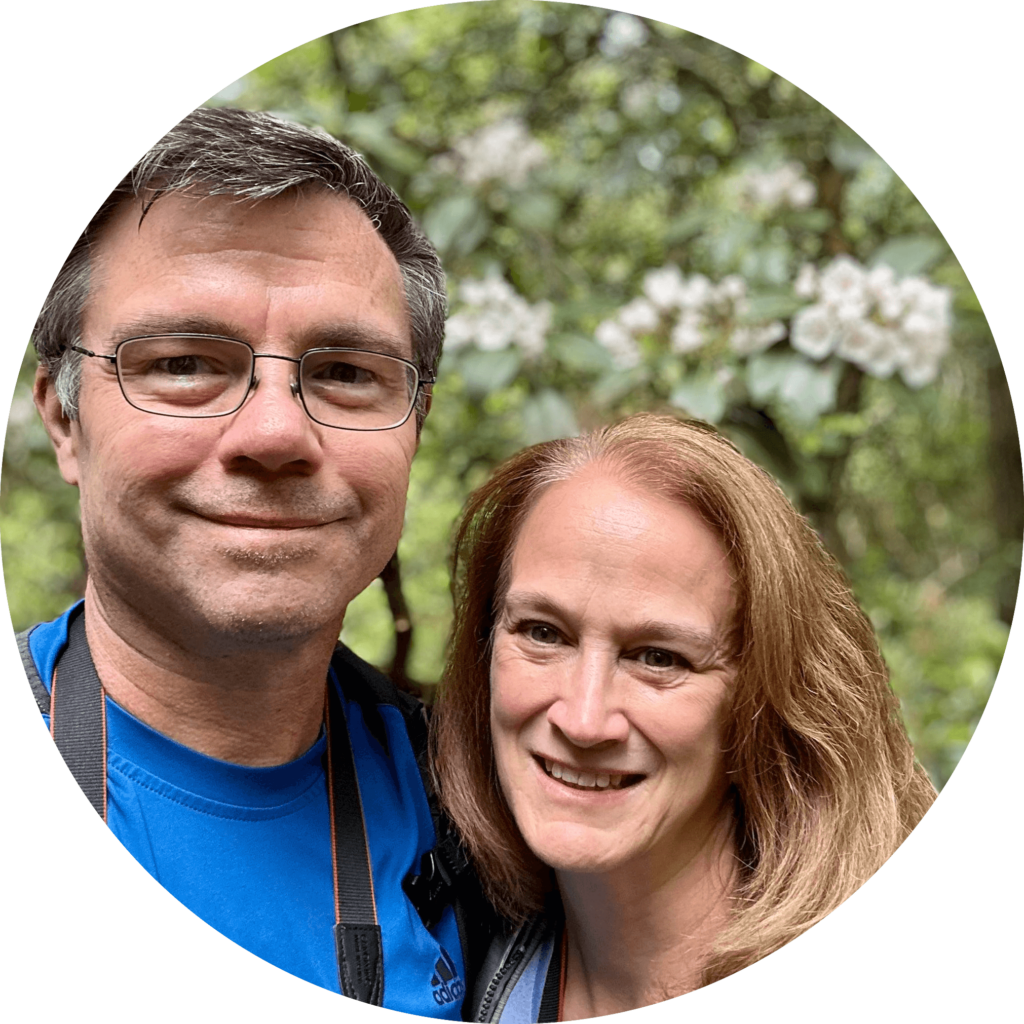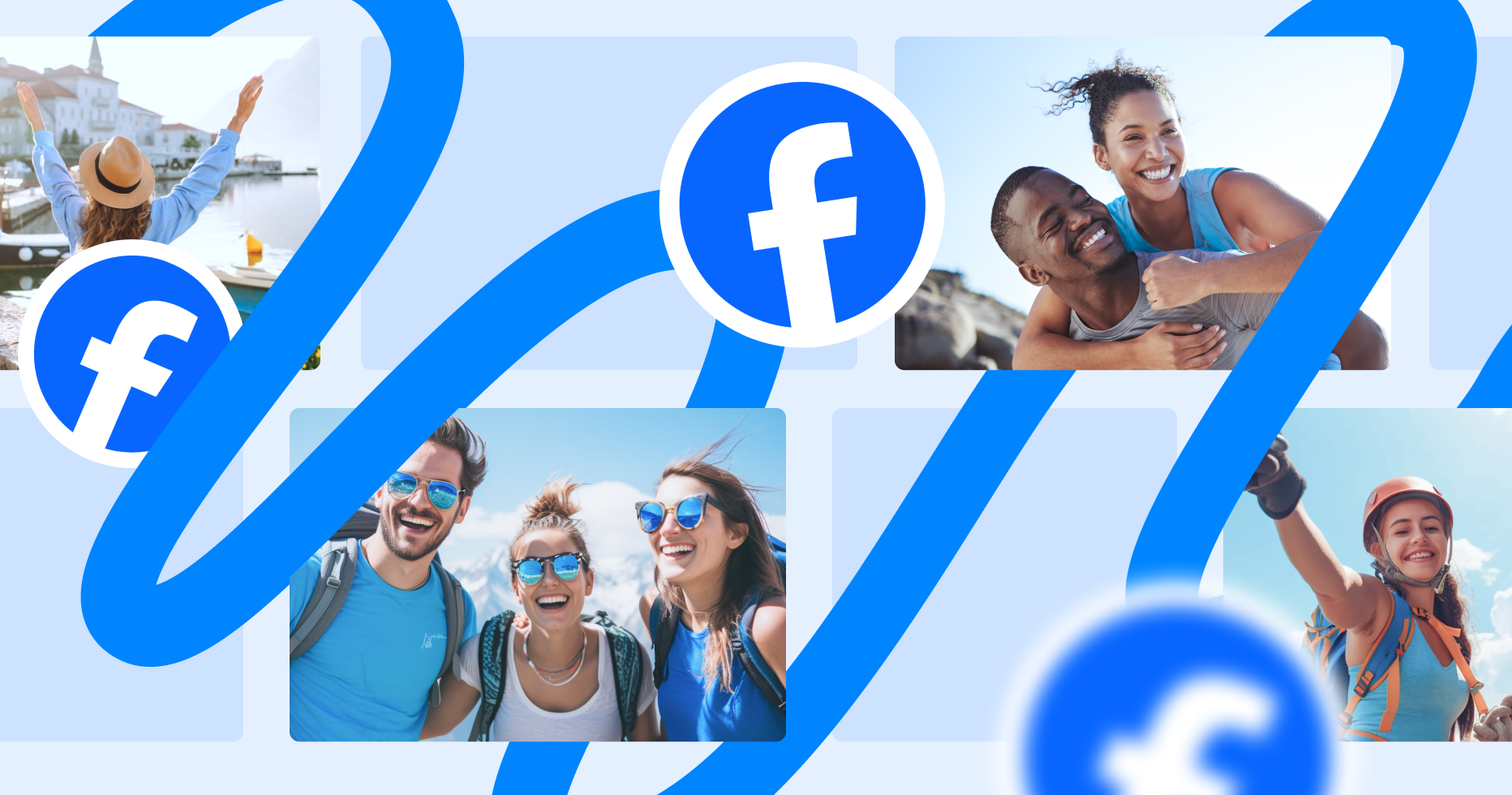Google updates have forced many of us to rethink how we drive traffic to our blogs, leading many bloggers to return to tried-and-true methods like Facebook pages and groups. And they’re thriving!
So how can you do the same? This article is packed with tips and tricks from bloggers who’ve been there and done that, offering practical advice on how to drive traffic from Facebook to your website.
Why are travel bloggers turning to Facebook?
Simple: it’s reliable and engaging, an island of stability amid the wild ride Google’s probably been sending your traffic on. By resuscitating old pages or creating new groups to diversify their traffic, creators are gaining loyal followers who regularly check up on their work, recommend them to others, and click on their links.
Plus, there are additional monetization opportunities. For example, if you build a large enough community for your business, you can earn money by allowing others to promote their services in your group.

Is it possible to use Facebook to drive traffic?
The short answer: absolutely. But the long answer comes with a couple of caveats. Yes, you can use groups or pages to drive traffic, but creating a loyal community that will click through to your articles will take time.
The first thing you need to do is start developing a strategy and targeting the right audience. If you want faster growth, you can add a budget to boost posts or promote your Facebook group or page.
Regularly posting content that your audience loves can lead to growth. However, it can take some time. You’ll need to test your strategy continually for several months to see if it works. You may feel like you’re posting in the abyss, wondering if all this is worth it. But don’t be discouraged.

Wendy White, Western Australia Expert:
“It’s hard to start, but my group has grown to nearly 9K. I just posted to it every day and slowly people joined. Then, it started to gain traction. This week, the traffic outperformed Google’s for the first time. Still nowhere near pre-HCU, though.”
Chloe Dickenson, I’m Just a Girl:
“I run a New York Facebook group that’s grown to over 110K members in less than a year! I share links to my blog posts about New York at least once a day and as I run the group by myself, I try to reply to as many people’s questions as possible. But thankfully it’s grown to be a lovely, big community where everyone replies to each other and helps one another out!”

Page or group?
Just a thought: why not both? Having both a Facebook page and a group can be beneficial if you have the bandwidth.
Lindsay Lalonde, Chiang Mai Family Guide:
“You can link from one to the other, but with a page, there’s limited engagement. My group has 10x the followers and engagement as the page. People are wary nowadays. They want contact, not what feels like an ad – on Facebook, anyways.”
If you want to run ads, it’s a good idea to set up a Facebook business page. You can link to your Instagram account and run everything through the Meta Business Suite. Then you can simultaneously publish content on Instagram and Facebook, keeping your page thriving without much extra effort. Setup involves some extra steps, but it can be worth it.
From there, focus on growing your Facebook group. Create a title that’s easily searchable and stands out with some keywords sprinkled in. Also remember to add group rules, membership questions, and an easily scannable description with a link to your website.
What works best on Facebook? Tips from bloggers
Write about what you know
You are the expert, so show it. Stick to the topic of your blog and share your knowledge in that area.
For example, if you have a travel blog about Rio de Janeiro, don’t create a group about Brazil as a whole, especially if you haven’t traveled extensively across the country. Focus on what you know well and can discuss in depth.
Ben Adler, Keyword Chef:
“When growing a group, you are the leader and need to be sharing your experience and knowledge, but if you don’t have experience in your niche, then that becomes nearly impossible, and your group won’t grow.”
Explore your audience’s preferences
Test and see what people like. Try different types of posts – photos, videos, articles – and track what gets the most engagement. Adjust your content strategy based on what your audience responds to best.
Share useful content
Provide value to maintain engagement on Facebook. Share content that’s informative, entertaining, or useful to your audience. This could include travel tips, detailed guides, local insights, and itineraries. Remember to stay up to date on the latest news and trends in your niche to keep your content relevant.
Post regularly and update information
Create a content calendar and stick to it, even if no one responds or comments on what you post. It takes a little while for pages and groups to start going, but once they do, watch out! People will start communicating in a space they feel safe in, so create that space.
A quick tip: you don’t need to visit your page or group daily, especially in the early days. While you do need to post every day (several times a day), you can schedule and batch your content, and then check in once every couple of days.
Another quick tip: consistency is especially important in groups. Why? When you search for groups, you’ll notice the name, whether it’s private or public, the number of members, and how often people post in that group in a day. People want to join active groups.

Vincent Beudez, Vincent Voyage:
“I have a Facebook group with 21K people (private in order to engage and motivate people). In the beginning, posting regularly was mandatory to make it grow. People are here for advice and to share things. Post advice, recommendations, just photos of places, once per day. And after, it will grow by itself.”
Build a community
Engage with your audience by responding to comments, asking questions, and fostering discussions. Building a community involves more than just posting content; it’s about creating a space where your followers feel valued and connected. This increases engagement and builds a sense of belonging among your followers.

Larry Deane, Blue Ridge Mountain Life:
Unless you have an existing audience you can bring over, most ‘quick’ strategies will just invite unengaged members who won’t provide long-term value. Grow your group and focus on engagement and building a community. It will work much better for you in the long run.
Using contests is one of the best ways to get your audience involved and create a community vibe. Facebook is perfect for this, whether you’re hosting a contest in a group or on your page.
For example, you could organize a “Photo of the Week” contest where participants share their best photos. Ask them to post their entries in the comments, and the photo with the most likes wins a small prize.
By getting people to join in through contests, you’re boosting engagement. This turns your space into more than just a place for content – it’s about being part of something bigger and more fun.
Attract users from your blog and other platforms
Promote your Facebook page/group on your blog and other social media platforms. Embed Facebook widgets on your blog, share links in your posts, send emails with links to your page/group, and cross-promote on Instagram, Twitter, and Pinterest. This helps drive traffic and grow your community by tapping into your existing audience.
Run ads
Running Facebook ads can boost visibility and attract new members. Target your audience carefully, use engaging visuals, and track your ad performance to optimize results.
Promote your group
This tip is a little involved, so we’ll give the creator who recommended it the floor:
Ben Adler, Keyword Chef:
“There’s a lot to explain, but the basic idea is you want to set up what’s called a ‘profile funnel,’ which is where you advertise your group in your profile. Then, you join similar groups in your niche and start helping people. They see your profile and then join your group. That’s how I built my group to 10K+ members from scratch.”
Make the most of new group members
Welcome new members to your Facebook group with a friendly post, and encourage them to introduce themselves and participate in discussions. Use membership questions to tailor content to their interests, fostering a sense of community and increasing engagement. This is also a great place to get their email.
Seek help if needed
Managing a Facebook group can be challenging. Consider appointing moderators to take charge and help with management and engagement.
Is Facebook worth it?
It can be, as long as you put in the work (and yes, get a little luck from the Facebook gods). Build a strategy, targeting the right audience and consistently posting engaging content. Remember to regularly test and adjust content based on your audience’s preferences. As many bloggers emphasized, patience and persistence are key.
Stay tuned to the Travelpayouts blog to learn more about using social media to drive website traffic, navigating Google updates, and other valuable topics. We’re here to help you grow your online presence and achieve your blogging goals.





